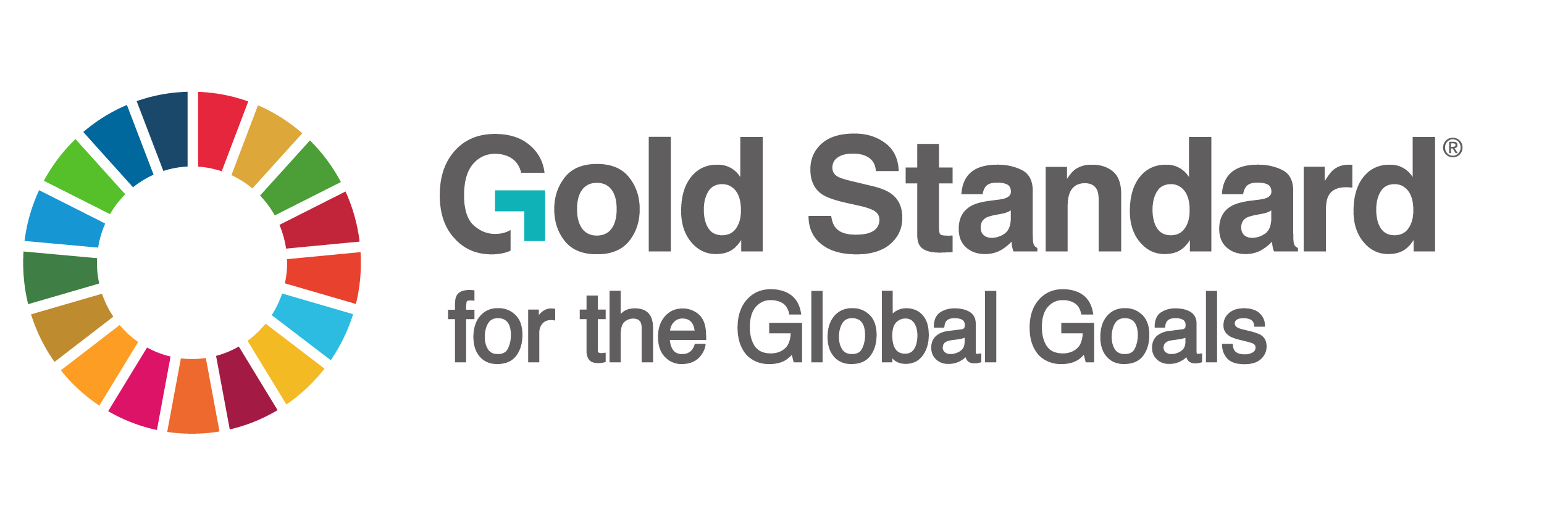SUPPORT ASSETS
| Asset name | Version | Released date |
|---|---|---|
| Support Documents and Tool for Methodology to Estimate and Verify ADALYs from Cleaner Household Air | 1.0 | 13.12.2018 |
| Tutorial on Methodology to Estimate and Verify ADALYs from Cleaner Household Air | 31.07.2017 |
RULE UPDATES
| Document name | Released date |
|---|---|
| Usage rate requirements- technologies and practices to displace decentralized thermal energy consumption | 27.10.2020 |
RULE CLARIFICATIONS
| Document name | Released date |
|---|---|
| Clarification on application of Requirement and guidelines for Usage Rate Assessment | 6.07.2020 |


